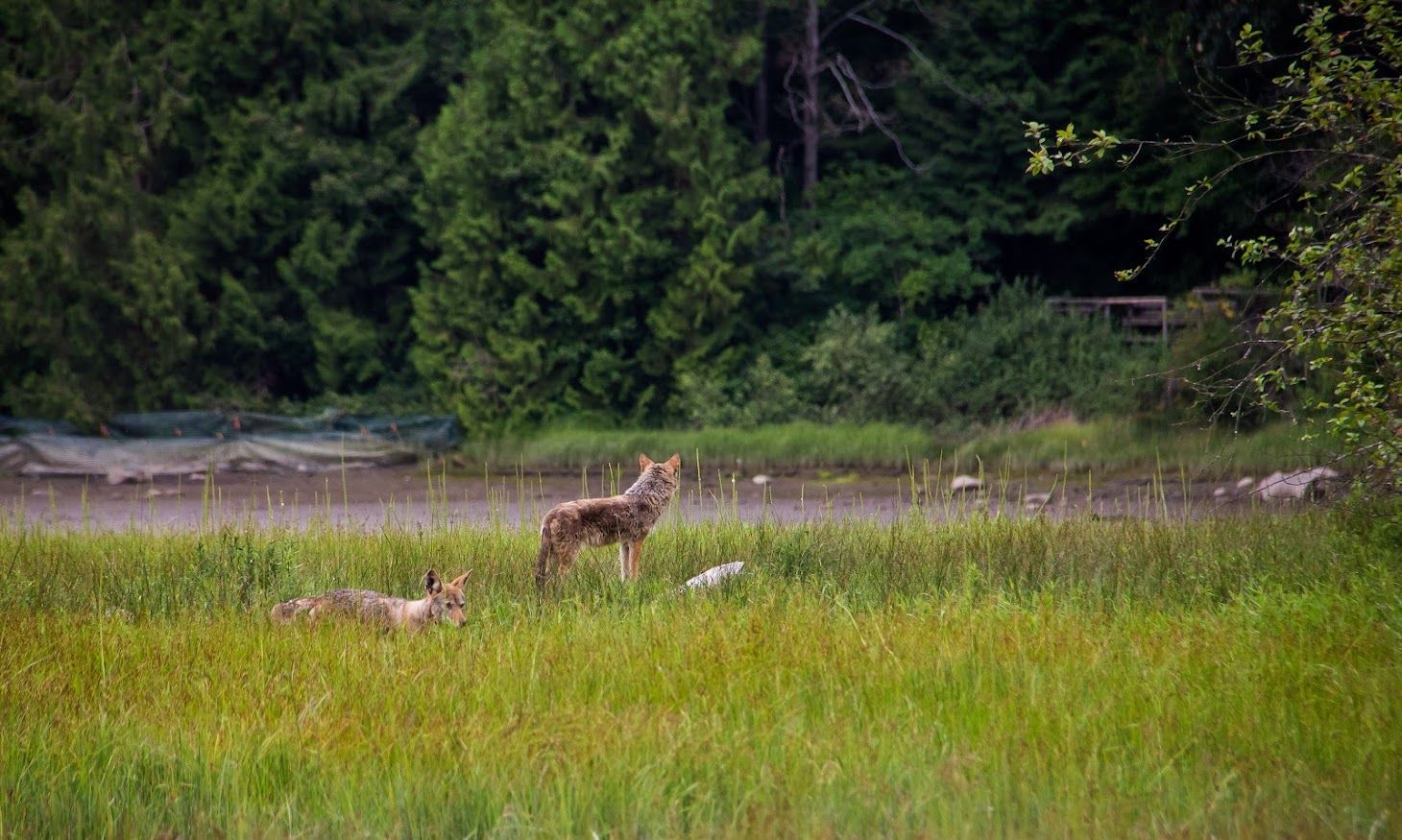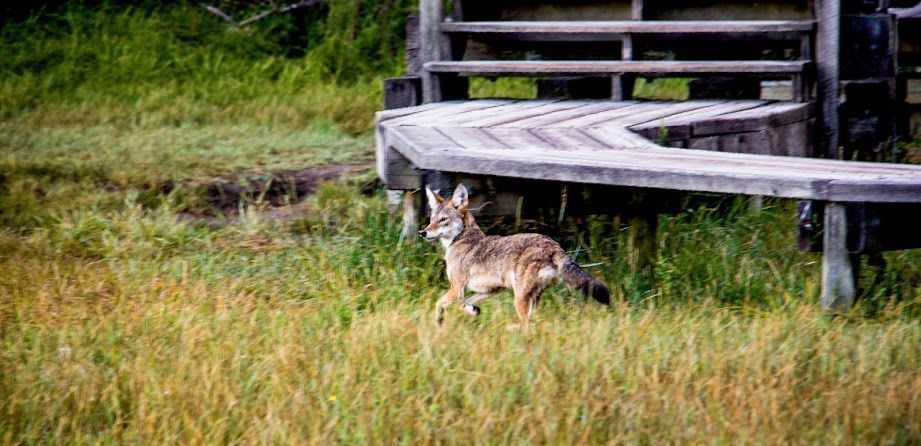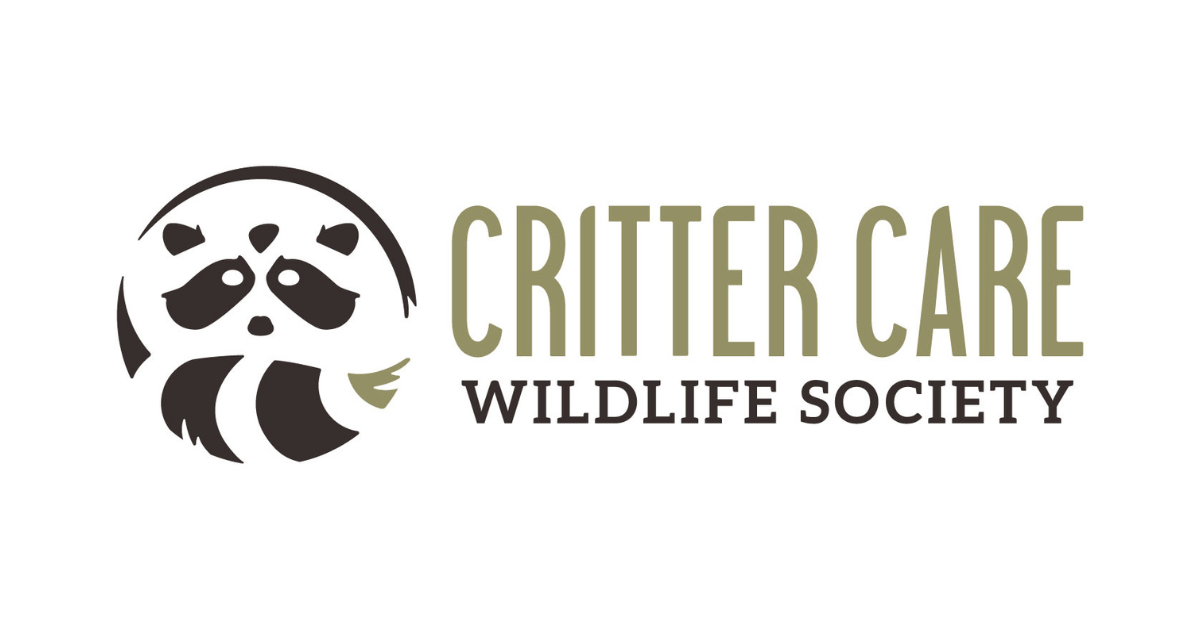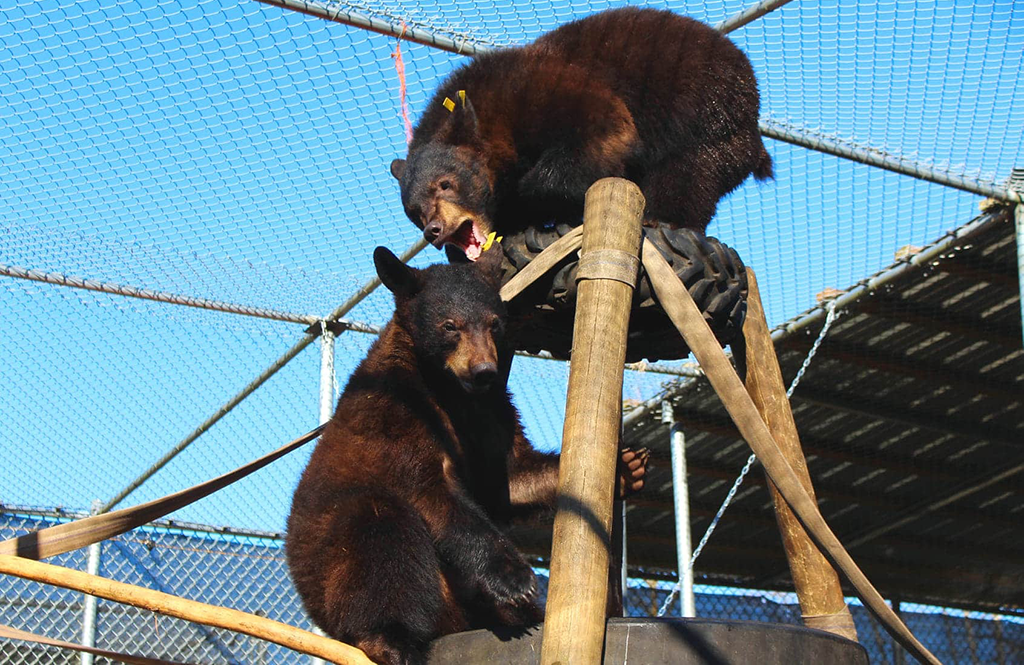What benefits do predators provide in urban environments

Photo: Romas Šimonėlis
Urban predators can provide a number of crucial ecological benefits by regulating populations of smaller predator species, boosting biodiversity, and maintaining healthy ecosystems. They play a key role in supporting the biological community, acting as keystone species. Predators like coyotes and bobcats, can help control populations of skunks, raccoons, squirrels, and rats, which contributes to species diversity. Additionally, urban predators create a balance by regulating the populations of other small mammals, birds. Overall, urban predators contribute significantly to the health and stability of urban ecosystems.

Photo: Romas Šimonėlis
Urban predators play a crucial role in the ecosystem by regulating prey populations, helping to prevent the overpopulation of rodents, other pests, or invasive species. Urban predators can also significantly influence the behaviour of prey species in urban environments.
Contrary to traditional expectations, a study on urban prey species like deer and rabbits in Chicago found that the presence of coyotes, a natural predator, did not lead to spatial avoidance or changes in daily activity schedules for the prey species. Surprisingly, the rabbits exhibited their highest rates of vigilance when coyotes were absent, indicating a complex interplay between urban predators and prey behaviour.
In highly urban areas where human presence is significant, prey species like rabbits remained vigilant even in the absence of coyotes, suggesting a shift towards fear responses driven by human activities. This highlights the need to consider humans as a third player in predator-prey dynamics in urban ecosystems, emphasizing the importance of incorporating human influence into ecological equations for a more comprehensive understanding of urban ecology.

Photo: Romas Šimonėlis
Adaptation
Some species of urban wildlife are synanthropic (wild animals that live near and benefit from humans and man-made environments,) and evolved to become dependent on human habitats.
Habitats
Urban wildlife utilizes, urban forests, parklands, green spaces, gardens, and street vegetations as niche habitats.
Biodiversity
Urban areas have a lower presence of native bird and plant species compared to non-urban areas.
Urban predators can have varying effects on the safety of humans in urban areas. While some studies suggest that predation could be lower in urban areas due to the "human shield effect," where predators are repelled by human presence, creating relatively safe habitats for prey species, other research highlights potential risks associated with urban predators. For instance, many urban animals face serious predation from human companion animals like domestic or feral cats and dogs, which can pose safety concerns for humans as well. Additionally, the presence of predators in urban environments can lead to conflicts with humans, especially in cases where larger predators like coyotes or cougars come into closer contact with residential areas. Therefore, while urbanization may influence predation dynamics and create safer habitats for some prey species, it is essential for urban residents to be aware of potential risks associated with urban predators and take necessary precautions to ensure their safety in coexisting with wildlife.

Photo: Milva DeSiena
Critter Care Wildlife Society News

Sign up to get inspiring stories of rescue,
rehabilitation and release from Critter Care
Be the first to receive our newsletter, new blog posts, and updates
about our most critical needs and community news.


